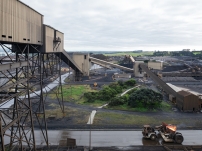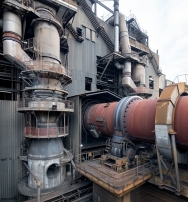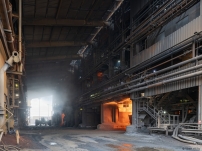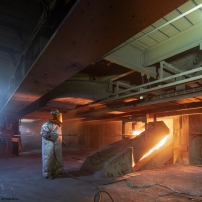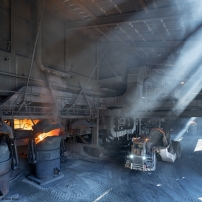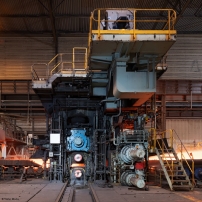
New Zealand Steel, Glenbrook
New Zealand is not an industrial empire, there is probably little doubt about that.
Yet this land at the end of the world has made metallurgical history with one unique feature - the smelting of iron sands known as titanomagnetite.
Its deposits can be found on the beaches of the North Island between Kipara Harbour and Whanganui, and since the late 19th century there have been many unsuccessful attempts to produce steel using it.
In 1959 the New Zealand government set up the NZ Steel Investigating Company to find more efficient way of exploiting the rich iron sand reserves.
This was indeed successful after several years of experimentation involving direct reduction technology and therefore in 1965 the New Zealand Steel Limited was formed.
The decision to build a steel plant at Glenbrook was taken in 1967. Coal was supplied by the nearby Huntly East mine and the iron sand was transported by an 18 km long underground slurry pipeline directly from the Waikato North Head mine site.
In 1987 the steelworks went through a complete modernisation, during which the plant was expanded with a hot strip mill (supplied by Toshiba and IHI Corporation from Japan).
At the same time New Zealand Steel Ltd. was acquired by Equiticorp, but bankrupt soon after. In 1989 the production was taken over by Helenus Corporation, which brought together Fisher & Baker, Steel & Tube, ANZ Bank and australian BHP.
BHP became the majority owner in 1992.
Since 2002 the Glenbrook mill is running under New Zealand Steel as subsidiary of Bluescope.








